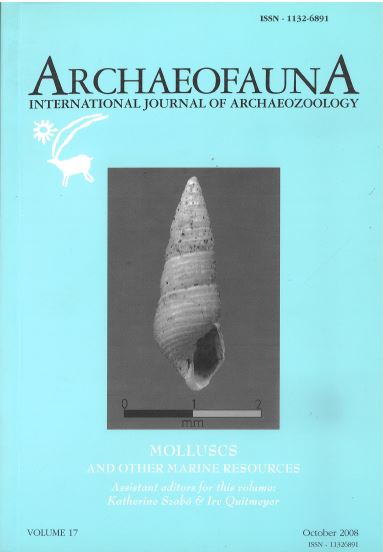The Use of Molluscs in the Precolumbian Amerindian Lesser Antilles: Human, Animal, and Environmental Parameters (with an emphasis on metrics)
Keywords:
Molluscs, pre-Columbian Amerindian, Lesser Antilles, Consumption, Industry, Metrics, EcologyAbstract
The diverse use of molluscs in the pre-Columbian Amerindian Lesser Antilles is outlined based on data from twenty-seven sites and case studies from the Preceramic through to the Ceramic Ages (ca. 1000 BC - AD 1200). Clear variations in the role of molluscs through time reflect as yet little understood economic and cultural evolutions of Amerindian island societies, but they likely relate to interacting factors such as local and large-scale animal population dynamics, ecology, and paleoenvironmental processes. Articulating all dimensions based on rather imperfect archaeological records, unsuitable ecological data, and the vast field of human cultural facts, is a challenge for archaeomalacology. The use of metrics recorded on archaeologically- recovered species is particularly discussed here as a case study. It illuminates the parameters and pitfalls that need to be taken into account before building anthropogenic or paleoecological interpretations.

